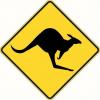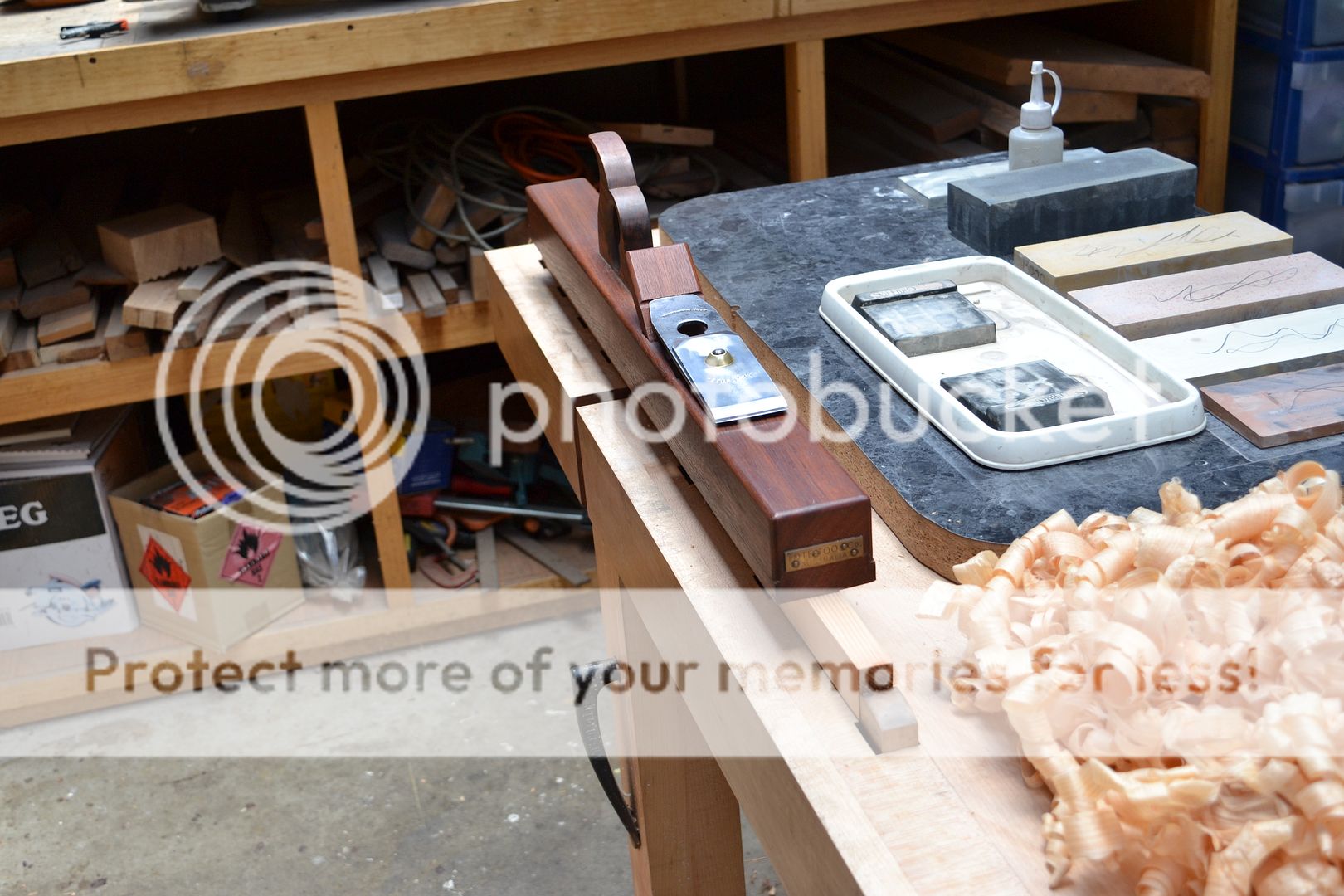Thanks to Warren Mickley, I went to the trouble of cambering a chipbreaker to match an iron for my #4. It works nicely for the current project of a dining table with a deliberately not-totally-flat but very smooth finish.
I started with a cambered iron and filed the chipbreaker to follow the curve. This results in a chipbreaker that gaps at the corners. I tapped those down a bit then followed with files and eventually small stones, chasing points of contact. As differences of tension will open gaps either at the center or corners of the breaker it is necessary to do all of the checking with the chipbreaker screwed tight.
All in all maybe 20 minutes of careful fiddling about.





 Reply With Quote
Reply With Quote









